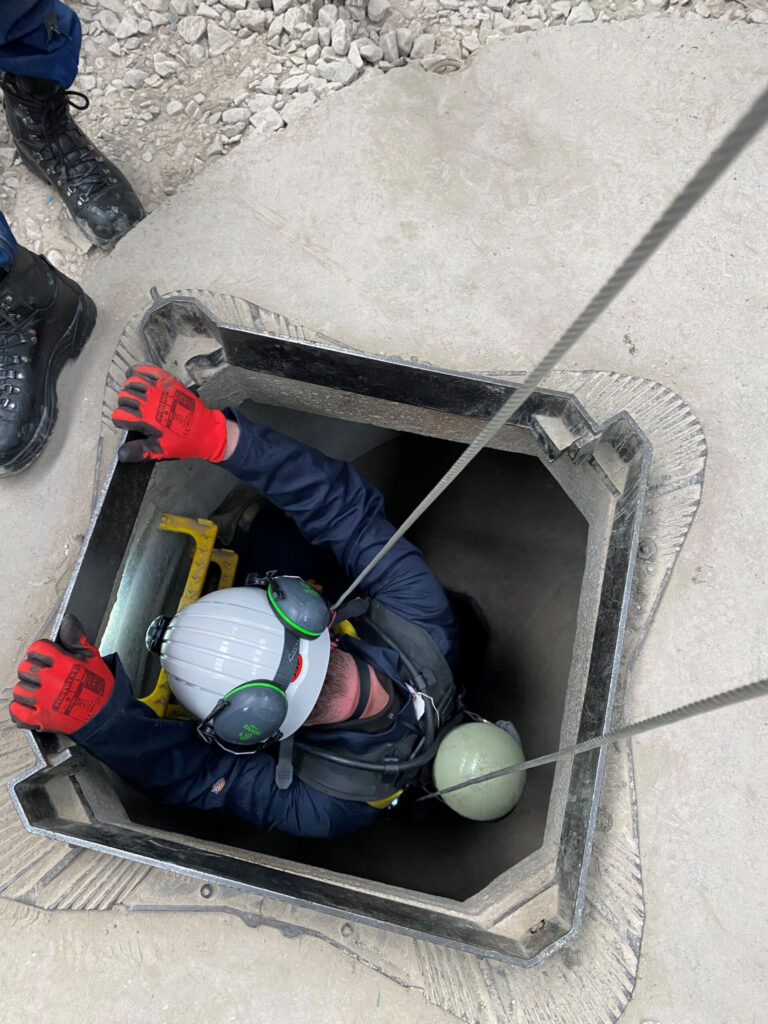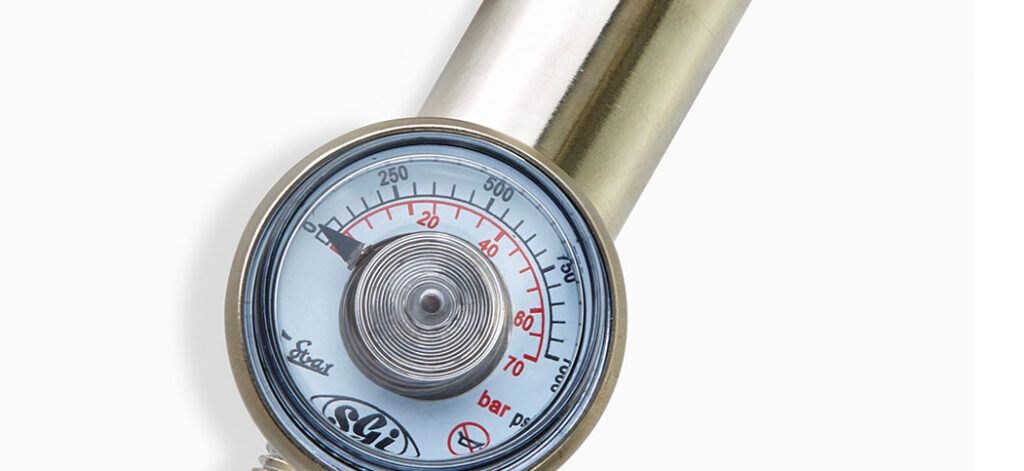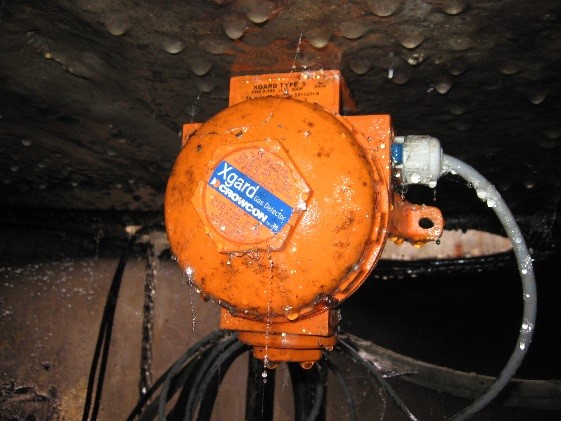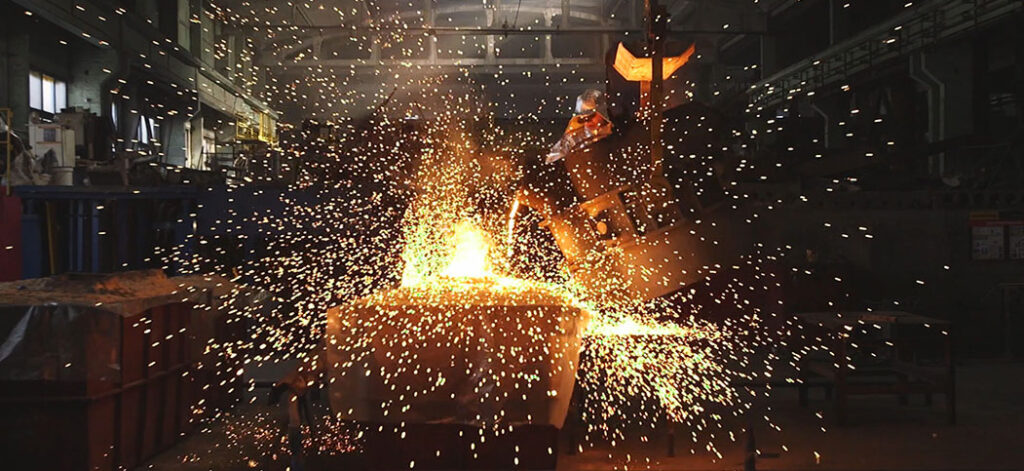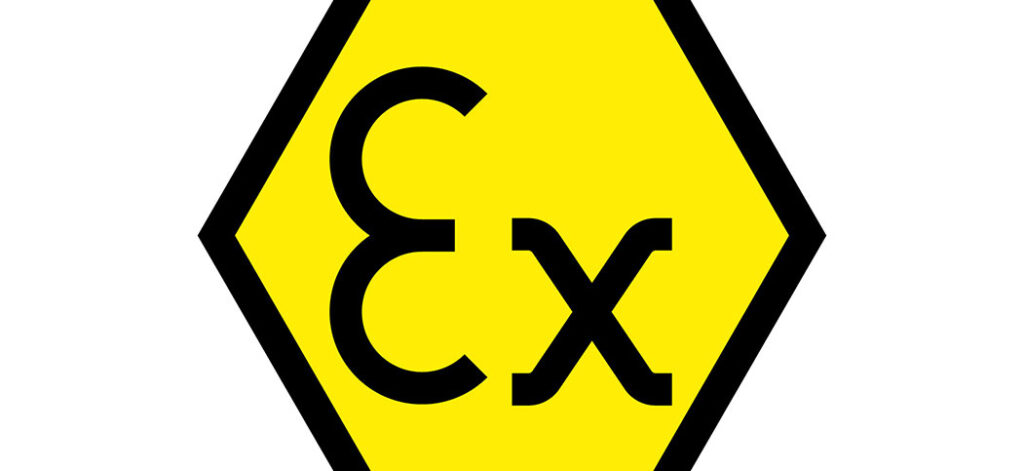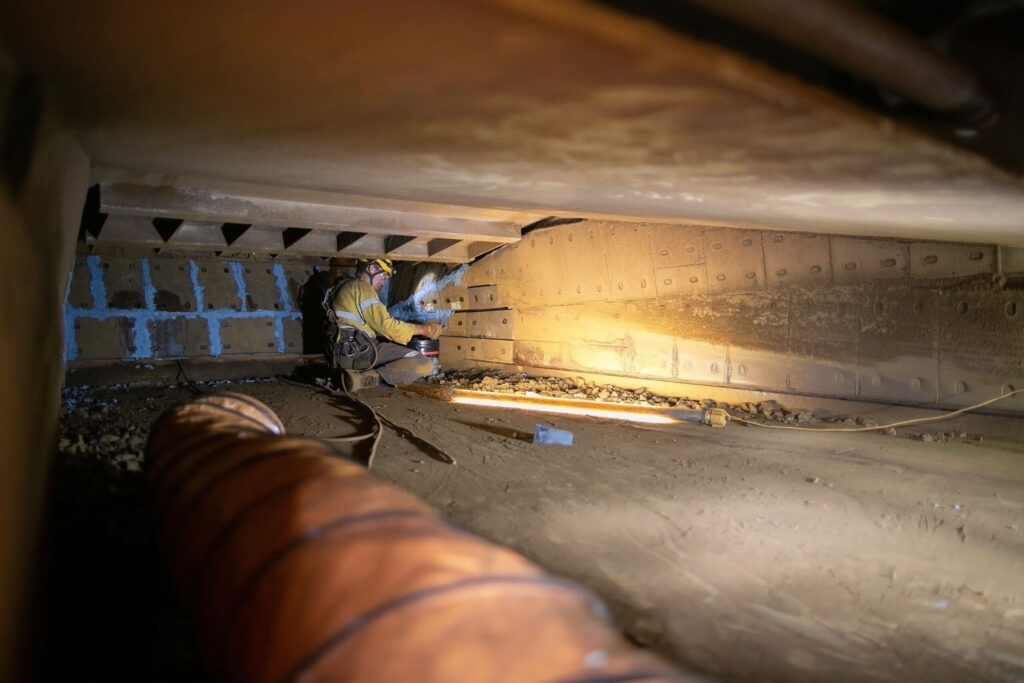What is Confined Space and is it Classified?
Confined Space is a global concern. In this blog we are referencing the UK’s Health and Safety Executive’s dedicated documentation, as well as the United States OSHA ones, as these are broadly familiar to other countries own health and safety procedures.
A Confined Space is a location that is substantially enclosed although not always entirely, and where serious injury can occur from hazardous substances or conditions within the space or nearby such as a lack of oxygen. As they are so dangerous, it has to be noted that any entry to confined spaces must be the only and final option in order to carry out work. Confined Spaces Regulations 1997. Approved Code of Practice, Regulations and guidance is for employees that work in Confined Spaces, those who employ or train such people and those who represent them.
The Risks and Hazards:VOCs
A Confined Space that contains certain hazardous conditions may be considered a permit-required confined space under the standard. Permit-required confined spaces can be immediately dangerous to operator’s lives if they are not properly identified, evaluated, tested and controlled. Permit-required confined space can a defined as a confined space where there is a risk of one (or more) of the following:
- Serious injury due to fire or explosion
- Loss of consciousness arising from increased body temperature
- Loss of consciousness or asphyxiation arising from gas, fume, vapour, or lack of oxygen
- Drowning from an increase in the level of a liquid
- Asphyxiation arising from a free-flowing solid or being unable to reach a respirable environment due to being trapped by such a free-flowing solid
These arise from the following hazards:
- Flammable substances and oxygen enrichment (read more)
- Excessive heat
- Toxic gas, fume or vapours
- Oxygen deficiency
- Ingress or pressure of liquids
- Free-flowing solid materials
- Other hazards (such as exposure to electricity, loud noise or loss of structural integrity of the space) vocs
 Confined Space Identification
Confined Space Identification
HSE classify Confined Spaces as any place, including any chamber, tank, vat, silo, pit, trench, pipe, sewer, flue, well or other similar space in which, by virtue of its enclosed nature, there arises a reasonably foreseeable specified risk, as outlined above.
Most Confined Spaces are easy to identify although, identification is sometimes required as a Confined Space is not necessarily be an enclosed on all sides – some, such as vats, silos and ships’ hold, may have open tops or sides. Nor are exclusive to a small and/or difficult to work in space – some, like grain silos and ships’ holds, can be very large. They may not be that difficult to get in or out of – some have several entrances/exits, others have quite large openings or are apparently easy to escape from. Or a place where people do not regularly work – some Confined Spaces (such as those used for spray painting in car repair centres) are used regularly by people in the course of their work
There may be instances where a space itself may not be defined as a Confined Space, however, while work is ongoing, and until the level of oxygen recovers (or the contaminants have dispersed by ventilating the area), it is classified as a Confined Space. Example scenarios are: welding that would consume some of the available breathable oxygen, a spray booth during paint spraying; using chemicals for cleaning purposes which can add volatile organic compounds (VOCs) or acidic gases, or an area subjected to significant rust which has reduced available oxygen to dangerous levels.
What are the Rules and Regulations for Employers?
OSHA (Occupational Safety and Health Administration) have released a factsheet that highlights all the rules and regulations of residential workers in Confined Spaces.
Under the new standards, the obligation of the employer will depend on what type of employer they are. The controlling contractor is the main point of contact for any information about PRCS on site.
The Host employer: The employer who owns or manages the property where the construction work is taking place.
Employer can’t rely solely on the emergency services for rescue. A dedicated service must be ready to act in the event of an emergency. The arrangements for emergency rescue, required under regulation 5 of the Confined Spaces Regulations, must be suitable and sufficient. If necessary, equipment to enable resuscitation procedures to be carried out should be provided. The arrangements should be in place before any person enters or works in a confined space.
The Controlling contractor: The employer who has overall responsibility for construction at the worksite.
The Entry employer or Sub Contractor: Any employer who decides that an employee it directs will enter a permit-required confined space.
Employees have the responsibility to raise concern such as helping highlight any potential workplace risks, ensuring that health and safety controls are practical and increasing the level of commitment to working in a safe and healthy way.
Testing/ Monitoring the Atmosphere:
Prior to entry, the atmosphere within a confined space should be tested to check the oxygen concentration and for the presence of hazardous gas, fume or vapour. Testing should be carried out where knowledge of the confined space (e.g. from information about its previous contents or chemicals used in a previous activity in the space) indicates that the atmosphere might be contaminated or to any extent unsafe to breathe, or where any doubt exists as to the condition of the atmosphere. Testing should also be carried out if the atmosphere is has been previously contaminated and was ventilated as a consequence (HSE Safe Work in Confined Spaces: Confined Spaces Regulations 1997 and Approved Codes of Practice).
The choice of monitoring and detecting equipment will depend on the circumstances and knowledge of possible contaminants and you may need to take advice from a competent person when deciding on the type that best suits the situation – Crowcon can help with this.
Monitoring equipment should be in good working order. Testing and calibration may be included in daily operator checks (a response check) where identified as necessary in accordance with our specification.
Where there is a potential risk of flammable or explosive atmospheres, equipment specifically designed to measure for these will be required and certified Intrinsically Safe. All such monitoring equipment should be specifically suited for use in potentially flammable or explosive atmospheres. Flammable gas monitors must be calibrated for the different gases or vapours which the risk assessment has identified could be present and these may need alternative calibrations for different confined spaces. Get in touch if you require any help
Testing should be carried out by people who are competent in the practice and aware of the existing standards for the relevant airborne contaminates being measured and are also instructed and trained in the risks involved in carrying out such testing in a confined space. Those carrying out the testing should also be capable of interpreting the results and taking any necessary action. Records should be kept of the results and findings ensuring that readings are taken in the following order: oxygen, flammable and then toxics.
The atmosphere in a confined space can often be tested from the outside, without the need for entry, by drawing samples through a long probe. Where flexible sample tubing is used, ensure that it does not draw water or is not impeded by kinks, blockages, or blocked or restricted nozzles, in-line filters can help with this.
What products are Intrinsically Safe and are suitable for Confined Space Safety?
These products are Certified to meet local Intrinsically Safe Standards.
The Gas-Pro portable multi gas detector offers detection of up to 5 gases in a compact and rugged solution. It has an easy-to-read top mount display making it easy to use and optimal for confined space gas detection. An optional internal pump, activated with the flow plate, takes the pain out of pre-entry testing, and allows Gas-Pro to be worn either in pumped or diffusion modes.
Gas-Pro TK offers the same gas safety benefits as the regular Gas-Pro, while offering Tank Check mode which can auto-range between %LEL and %Volume for inerting applications.
T4 portable 4-in-1 gas detector provides effective protection against 4 common gas hazards: carbon monoxide, hydrogen sulphide, flammable gases, and oxygen depletion. The T4 multi gas detector now comes with improved detection of pentane, hexane, and other long chain hydrocarbons.
Tetra 3 portable multi gas monitor can detect and monitor the four most common gases (carbon monoxide, methane, oxygen, and hydrogen sulphide), but also an expanded range: ammonia, ozone, sulphur dioxide, H2 filtered CO (for steel plants).
INDUSTRY INSIGHTS
Subscribe to get the
latest insights
in your inbox
Read about Crowcon’s Privacy and Cookie policy here. If you change your mind, you can unsubscribe at any time

